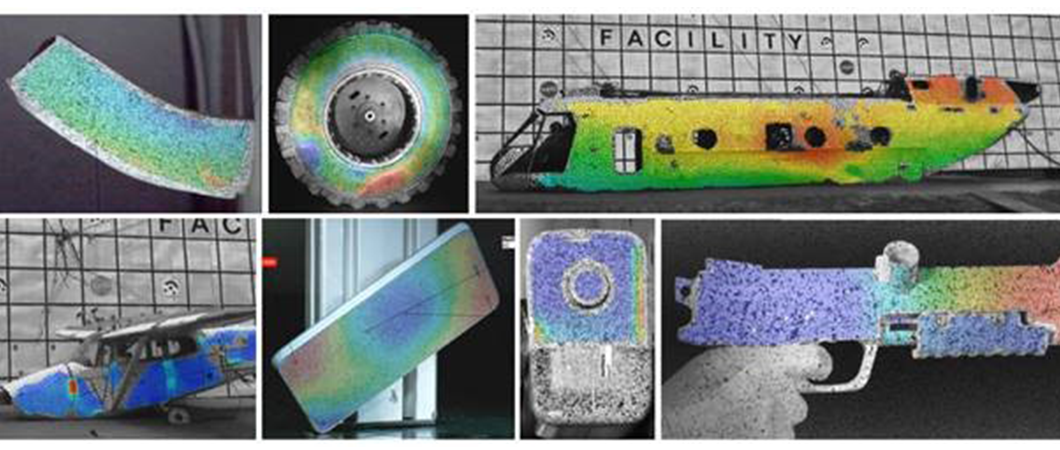Digital Image Correlation
Cameras capture an event, whether still or video they are viewing the world through the user’s vantage point and are experiencing that event as that person sees things. Just as there are three sides to every story, there are many sides to every event. Digital Image Correlation (DIC) breaks outside of the normal single point of view and offers researchers access to data they would not see through a single lens.

“High-Speed Cameras Help Digital Image Correlation Show Its Strength,” is a free whitepaper that discusses how DIC is used to enhance the functionality of sports equipment.
“DIC Strain Analysis During Tire Acceleration,” discusses the technical aspects of performing a DIC analysis for Automotive Safety.
Our Phantom Academy DIC Course will help researchers collect the most accurate stress and strain measurement data possible.
Why High-Speed Cameras for Digital Image Correlation?
Manage Speed and Ensure Clarity
When recording any event, especially high-speed ones like water spray or explosions, actions happen so quickly that they are nearly invisible to the human eye. Often we don’t even see the event happen, we only see the aftermath of its occurrence. High-speed cameras used to record these situations must ensure that the speed of the action is brought to a manageable level, and that the scientist is able to clearly see every detail possible. Sensors used in Phantom cameras work to deliver both.
With available frame rates ranging from a few hundred frames-per-second (fps), to several thousand, to 25,000 at 1-megapixel and all the way up to over 1,000,000 fps at reduced resolution, Phantom high-speed cameras are ideal for DIC and virtually any other high-speed event you can put in front of them. Our camera sensors also push the limits of light sensitivity to aid in delivering ‘Phantom Image Quality’ images that have exceptional detail and result in reliable data.
Multiple Angles for 3D Analysis
In this case, more is better! Multiple angles mean that scientists receive multiple data streams and a more complete ‘picture’ of what is occurring. Digital Image Correlation allows for analysis of deforming shapes and how an affect may radiate from the point of origin. With separate cameras from different directions, perfectly synchronized in time, the perspective is enhanced and effects on the test object are thoroughly documented. Multiple angles also mean that, through a special software, digitally produced 3D renderings are possible. DIC and 3D imaging allow for all points of interest, not just the impact itself, to be captured.
Results with Unobtrusive Techniques
Traditional 3D imaging required that dozens of tiny sensors be painstakingly applied to an object for testing. Large amounts of time an effort had to be taken to ensure that they were evenly distributed and would not adversely affect the results. 3D imaging through DIC with high-speed cameras removes that entire portion of the process. By utilizing a random paint splatter pattern as focus points for the camera preparation time is significantly reduced. Post-production can analyze how an object moves, vibrates, or changes shape freely via a computer program that focuses on the paint splatter applied.